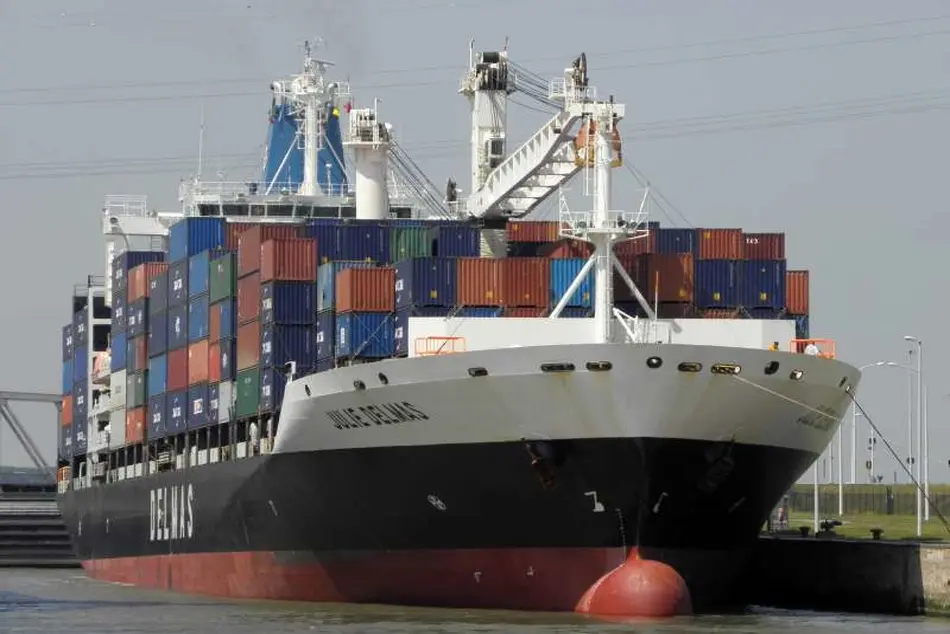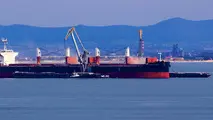Investment and Risk in Shipping: Finding your “Sea Legs”

Despite the turbulent and challenging conditions currently experienced by many in the sector, shipping continue s to attract keen attention from investors new to the industry. Some inherent investment risks are common to all sectors, but many are peculiar to shipping.
This briefing, which may be of particular interest to those new to equity investment in shipping, highlights some of these risks, which can often be reduced (and sometimes avoided entirely) by carefully structuring a transaction before an investment decision is made.
Commercial risk
Many investors new to shipping feel quite comfortable assessing the commercial risks, as they may initially appear similar to those in other sectors. Unfortunately, this apparent familiarity can prove to be supe rficial and misleading as the nature of commercial risk in shipping can be decidedly different than in other sectors.
Shipping is particularly volatile and cyclical and, unusually for a global business, a small number of market participants can have a major impact on industry trends. The type of cargo and size of a vessel have a fundamental effect on profitability, liquidity and overall return. Shipping is both capital intensive and highly competitive, and new investors compete with existing players who have substantial experience as well as considerable financial and bu siness resources on which to call.
Revenue streams are not always guaranteed, and receipt of charter income in particular is dependent on the performance of the charterer, which in turn may be reliant on the performance of its counterparties. There has been a general decline in the availability of third-party debt finance from the banks in recent years and, depending on the identity of the investor and its shipping partners, it can prove very difficult to bridge the funding gap and leverage returns.
Operational risk
Operational risks in shipping principally ar ise out of the environment in which vessels and their crews operate, as well as the international nature of their trade.
These include bad weather, mechanical breakdown, fire, collision, piracy, hostilities, terrorist activity and strike action. Any of these factors could result in environmental damage, injury, loss of life, property or revenue streams from the termination of charterparties, off-hire and demurrage, fines, penalties or restrictions on trading put in place by authorities, or increased insurance premiums.
Owners and operators must ensure they are compliant with all applicable sanctions and embargo laws and regulations, which can be difficult as the scope of these may be unclear and subject to change. Sanctions can be of particular concern to investors as owners can be subject to strict liability for a charterer’s breach and effective sanctions compliance programmes in shipping are very different to those that are appropriate for investments in static assets such as real estate.
Regulatory liabilities
Vessels and their operation are significantly affected by a variety of laws and regulations, being subject to various international conventions, national, supranational, state and local laws and regulations in force in the countries where vessels may operate or are registered. Certain potentially significant liabilities arising from shipping operations are the subject of strict liability regimes for owners even if the vessel is operated by a third party under a charter (e.g. liability for pollution and environmental damage) and investors taking an equity stake in a vessel owning project should consider these risks and whether the available insurance cover is adequate. In addition, there is an increasing level of environmental and quality concern among insurance underwriters, regulators and charterers, which is leading to greater inspection and safety requirements for all vessels.
Vessels are, as a result, subject to both scheduled and unscheduled inspections by a variety of governmental, quasi-governmental and private entities such as local port authorities, classification societies, flag state administrators and terminal operators. Failure to obtain and maintain any required permits, licences and certificates could lead to the detention of the affected vessel.
Legal risks and liabilities
Crew members, suppliers of goods and services to a vessel, shippers of cargo and other parties may be entitled to a so-called “maritime lien” against that vessel for unsatisfied debts, claims or damages. In many jurisdictions, the holder of a maritime lien may enforce his or her rights by arresting a vessel through foreclosure proceedings.
Where a claim is related to a particular vessel (as will usually be the case), it will probably fall within a wide category of so -called “maritime claims ”, which give rise
to liabilities both on the part of the shipowning company and the vessel itself. These include claims: for damage done by the vessel; for loss of life or personal injury; for loss or damage to goods carried on the vessel; under charterparties; in respect of salvage, towage or pilotage; by a master or crew; and in respect of vessel construction or repair.
A vessel’s liability is a feature of maritime law and simply means that the vessel in question or, in some cases, an associated vessel, can be arrested as security for the relevant maritime claim and, unless the claim is satisfied, subsequently sold to satisfy a judgment.
It is therefore crucial that equity investors undertake careful due diligence to fully explore the potential exposures to which they may be exposed, and that appropriate structural, contractual and practical safeguards are provided for in the project documentation and arrangements to prevent liabilities arising or to mitigate any consequences to the extent they are unavoidable.
Insurance
The value of losses arising from a ve ssel’s operation can range from modest amounts through to catastroph ic liabilities where the value of the loss can be open- ended (for example, where a vessel is involv ed in an oil spill or emission of other environmentally hazardous agents). Coverage is determined by the types of insurance product available in the market (not all risks are insurable) and the cost that the owner/operator is prepared to pay, including the levels of deductibles.
Incidents may occur where the insurance coverage is not sufficient and some claims may not be covered. Even with cover in place, there is a risk that insurers will refuse to pay out on particular claims, especially where the cover is voidable through an act or omission of the insured.



